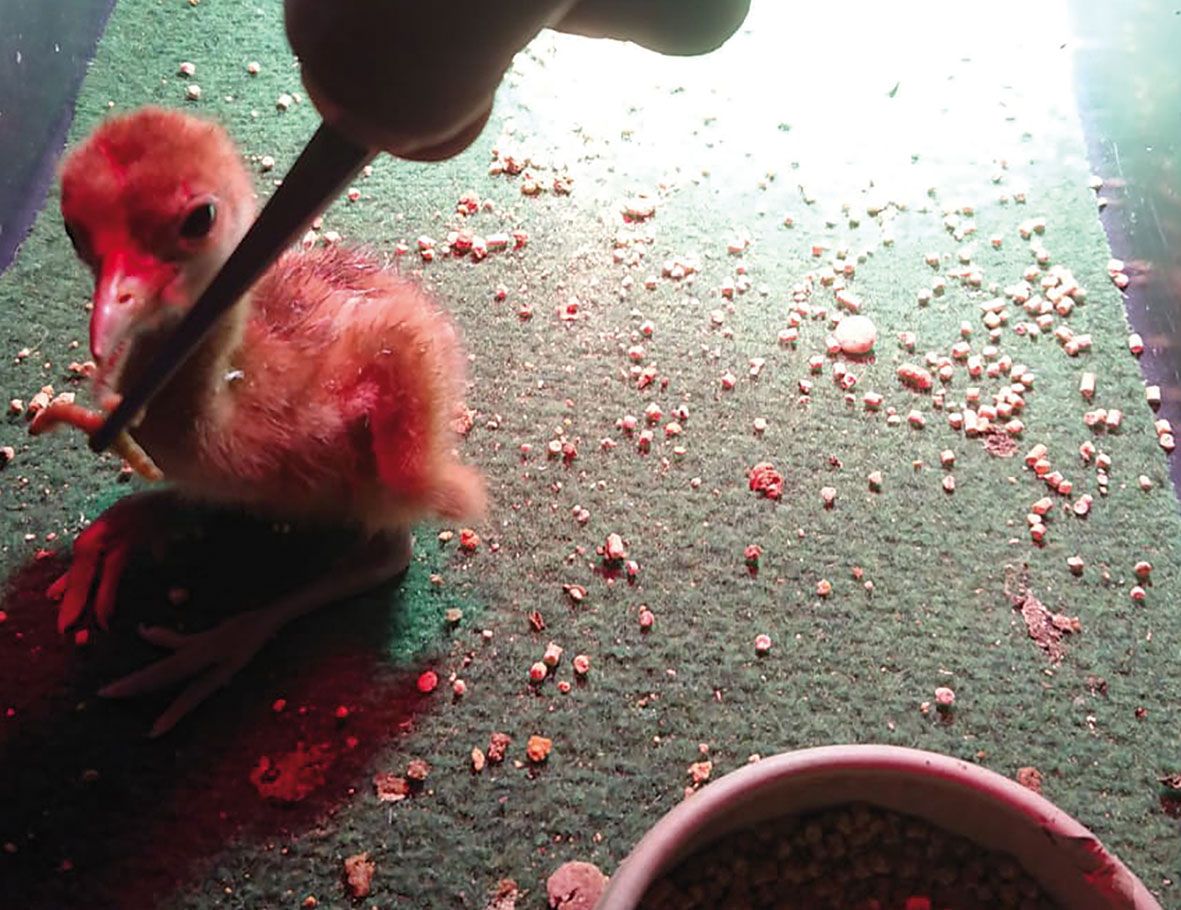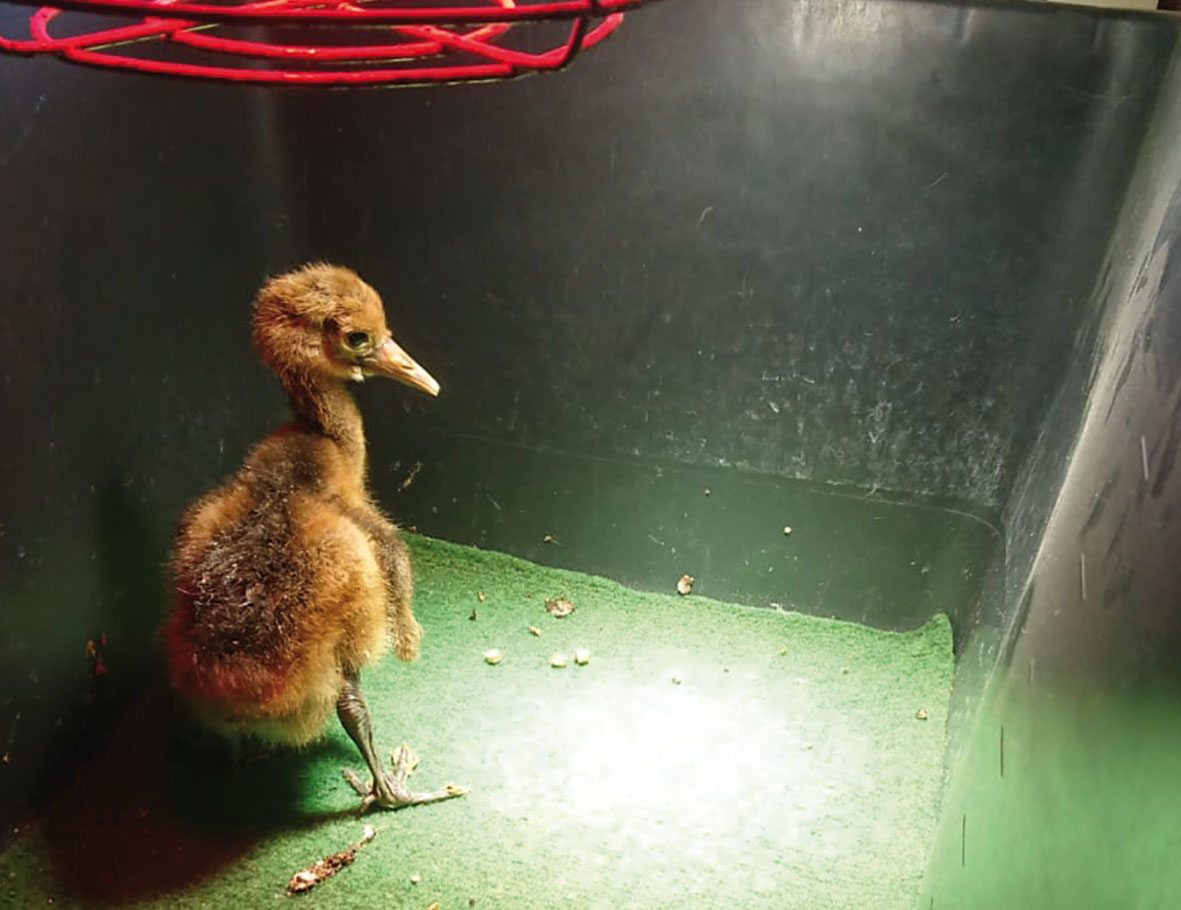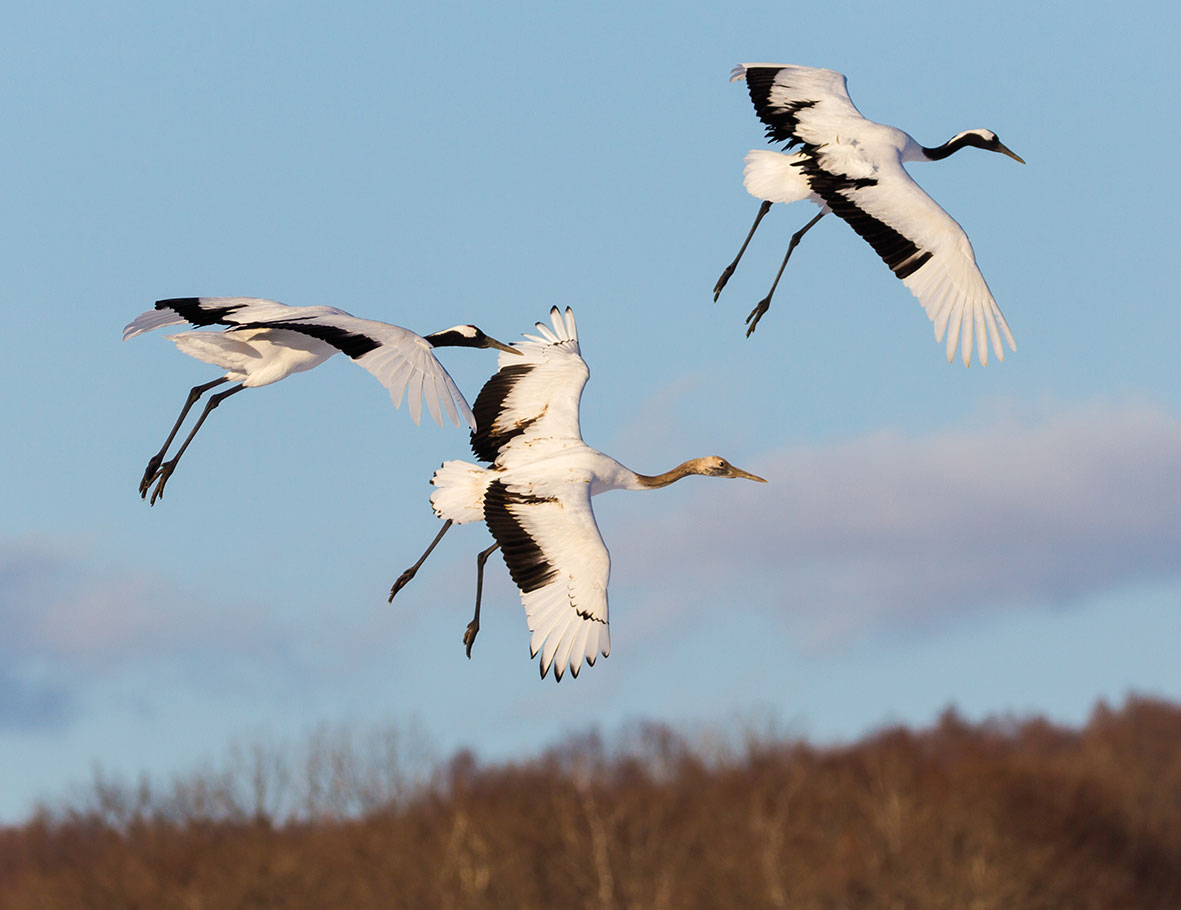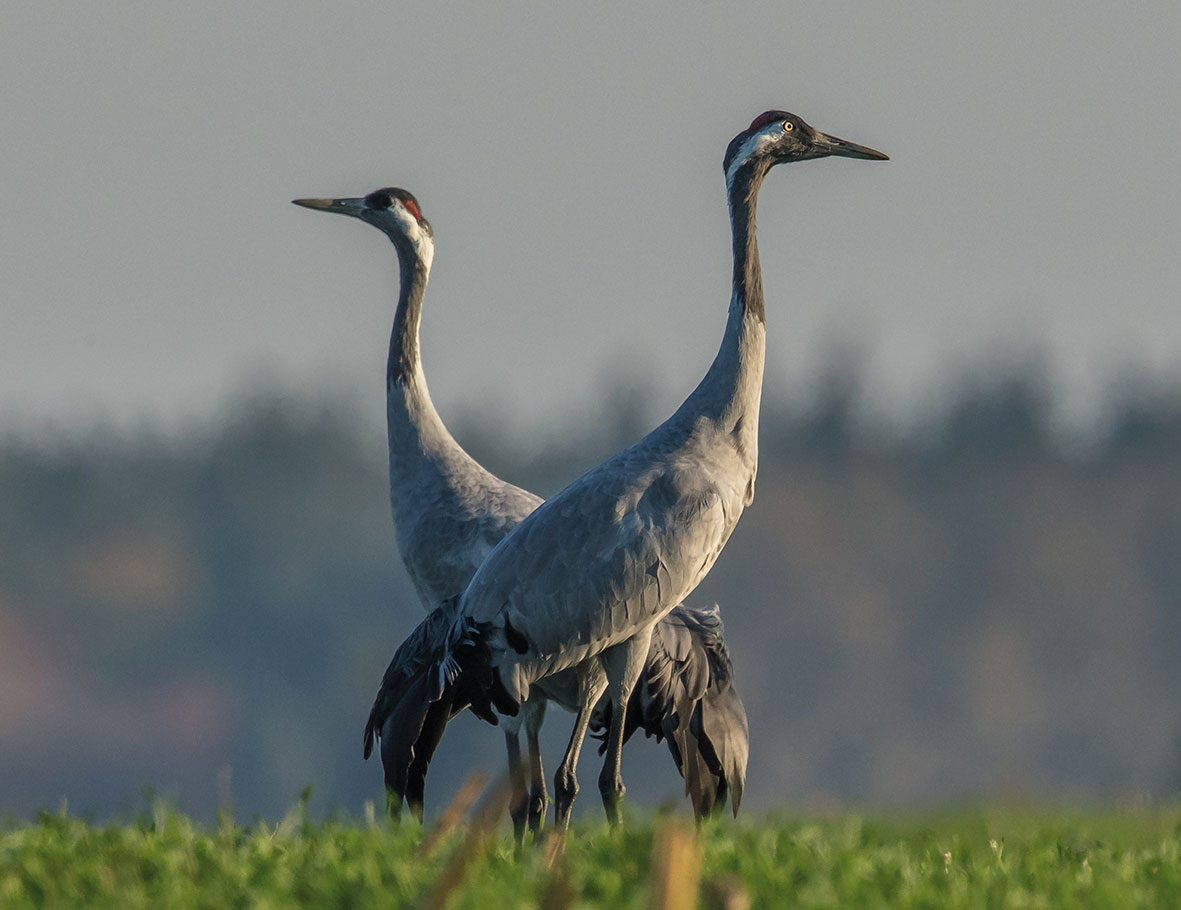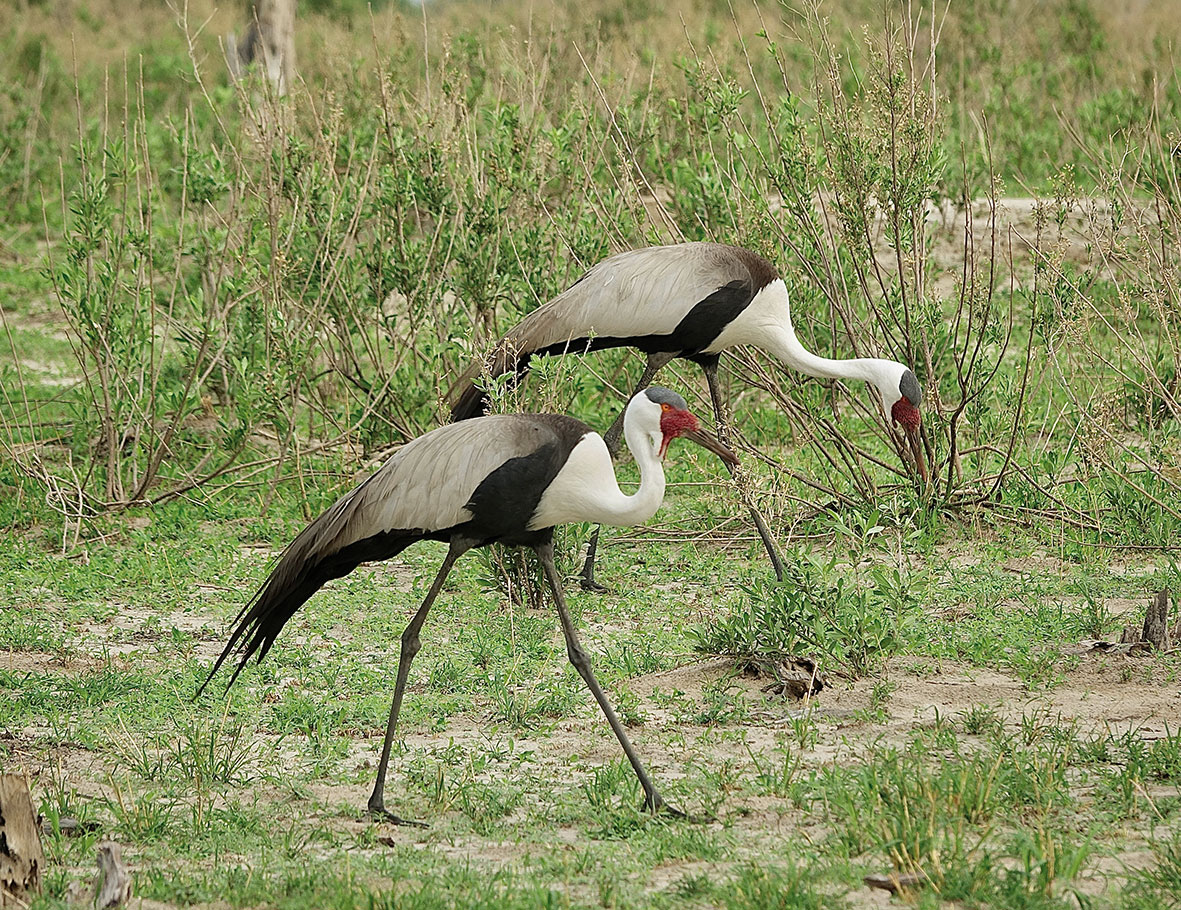Germany
Rescuing the “Bird of Luck”
They represent wisdom and were the “Birds of Luck” in Greek mythology – cranes. However, due to climate change and disappearing habitats, the breeding success per crane pair in the wild is decreasing sharply.
The Academy and the IZW in Berlin want to protect the endangered crane species with a unique project.
It started with a phone call from a bird lover to Prof. Dr. Henning Wiesner. The caller described the problems two private breeders were experiencing raising crane chicks. Wiesner promised to help and traveled to northern Germany where the men lived. Upon his return, Wiesner was elated with the commitment and love Jirka Behrendt and Hartmut Mohr applied to their crane breeding. Fourteen of fifteen species live on the property of the two men, who are dedicating themselves with modest means to the “Birds of Luck”.
Jirka Behrendt has a special talent which only a few possess: He collects sperm from cranes. “I once drove 1,000 kilometers only to learn it”, he said. Collecting sperm plays an important role in conservation breeding because crane cocks are not automatically attracted to the available hens. Furthermore, birds which are kept under human care, in zoos for example, often had their wings clipped in the past, which made keeping their balance during mating difficult. For years, Behrendt has had a dream which up until now has gone unrealizable: to establish a sperm bank in order to conserve rare crane species. He tells Wiesner about it. The cornerstone of an exceptional project is thus laid with which the crane population can be permanently protected. The Academy contacts the Leibniz Institute
for Zoo and Wildlife Research (IZW) in Berlin, with which it has closely cooperated for many years, and it decides to support the project.
Dr. Robert Hermes of the IZW describes the project’s significance:
“Cryoconservation of sperm in cranes kept by humans eases the production of offspring from behaviorally incompatible or geographically separated pairs and facilitates the long-term conservation of valuable genetic material. Cryobanking of sperm or embryos means the safe storage of genetic material for many generations. We want to determine the effects of various sperm diluting agents and cryoprotectives on sperms before freezing and after thawing – with the goal of establishing a sperm cryobank for crane species in order to improve the breeding by humans in zoos and rehabilitation centers. The IZW and the private breeders Jirka Behrendt and Hartmut Mohr are thus pursuing this common goal.”
|
Cranes belong to the largest of all bird species and are even capable of flying over the Himalayas on their migration. The 15 crane species belong to the three genera of Anti-gone, Balearica and Grus, which live on every continent except Antarctica and South America. Most of these species, however, are endangered through humans and their encroachment into nature. They are thus considered threatened if not critically endangered. The only four crane species not threatened by extinction are the Grey crane (Grus grus), also known as the Eurasian crane, the Sandhill crane, also referred to in Germany as the Canada crane (Grus canadensis), the Demoiselle crane, and the Brolga crane (Grus rubicunda). |

